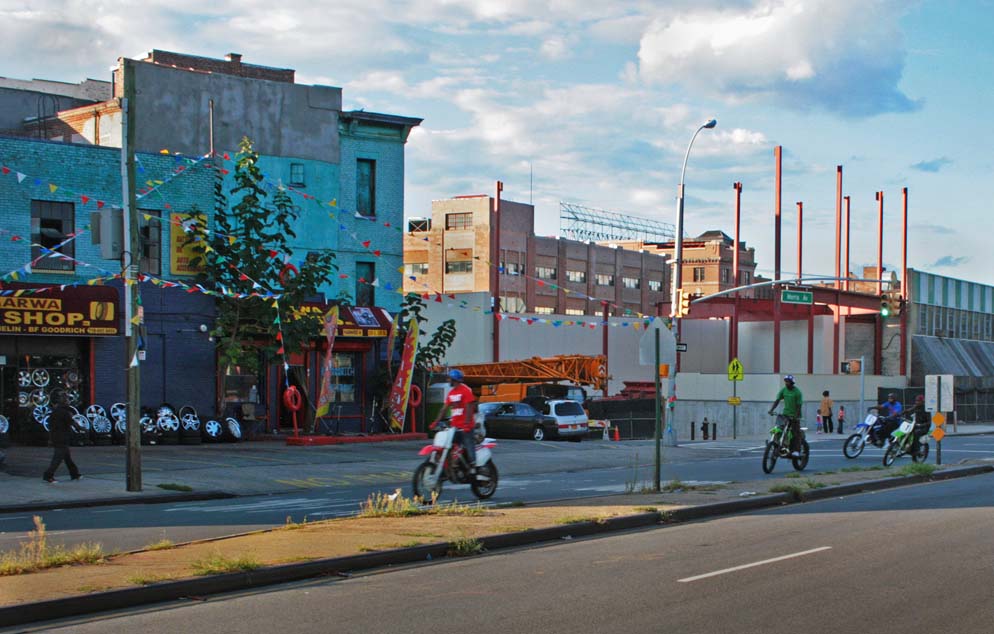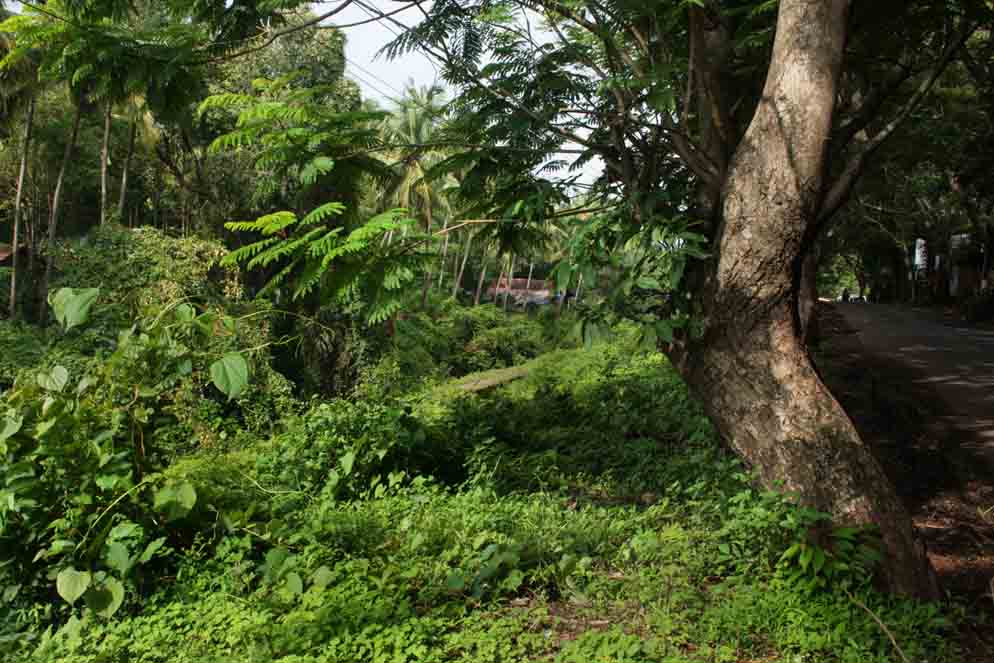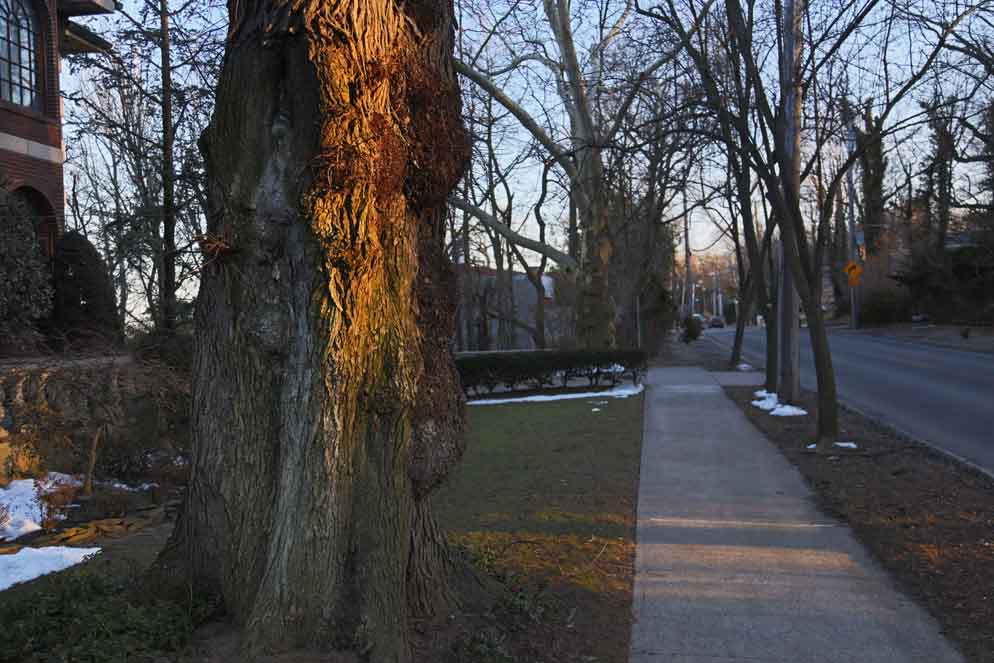Yearly Archives: 2016

124. NEW YORK ON FOOT. The Bronx. Change a few details in this photo and it could be the main street of any small town in North America–the Bronx probably is the biggest small town in the world. The other thing about the Bronx, like the other “outer boroughs”, is that the lowrise buildings showcase the sky for a sky-hungry midtown Manhattanite–in this case that unmistakably lazy, late August light. The photo is flawed due to a tardy shutter and overexposure, but the color rhymes make up for it.

123. PASSAGES. Singapore. A chance meeting with this city state left me enthralled, probably because it is so unique that it doesn’t fit into the ready-made patterns that one begins to see everywhere after years of travel. One of the most interesting things about Singapore is their “national core value” of meritocracy, a policy that aims to reward the “hardworking and deserving” with upward social mobility regardless of the stratum into which one is born. My gut feeling on the street there was that they were among the most cheerful people I have ever spent time with, and their hospitality toward strangers was remarkable. Interesting place.

122. TRAVELS IN INDIA. New Delhi. The semi wild dogs that roam the streets of India are an endless source of amusement for me. I’m not sure what it says about the Indian personality that they think nothing of having untamed dogs live among them, but it is another reason why the country is uniquely beautiful. There is something about the Indian conception of freedom that we could learn from. When left alone to organize themselves, dogs are enormously funny. My favorite move from Indian dogs is when they suddenly drop to the ground, curl up and go to sleep on a street choked with humans, cows, buses, cars, horses, etc. The best part is that people just step around them, as if to say “how perfectly natural for a dog to take a nap on a sidewalk crowded with a thousand people.” There is now a “modernization” movement to eradicate the dogs, which for me would be a huge loss.

121. TRAVELS IN INDIA. Mumbai. A market street in Kamathipura. The industriousness of Indians is astonishing, everywhere in the country I observed their physical courage and toughness. One local told me that “the majority of Indian people are over-exercised and underfed”. Watching how they move and work and look makes me wonder if we in the West couldn’t use more of both.

120. TRAVELS IN INDIA. Goa. The flora in Goa puts one in mind of British Empire authors in the day who spoke of the “riotous vegetation” of colonial jungles. Life explodes in every direction in such places, with insects and reptiles prominently featured, not to mention malarial mosquitos which come out at night and attack your ankles (which explains travelers with trouser cuffs tucked into socks). There were days in Goa that I thought I could feel my skin literally crawling with unseen bacteria, but that was probably just my mind playing tricks from being damp and wet twenty four hours a day. Having spent time in Asian rainforests makes one better understand the madness of Apocalypse Now, and it doesn’t take much to imagine the hell American soldiers went through in Vietnam. A landscape painter I once knew told me that she could distinguish thirty different shades of green with one glance at a scene like this.

119. TRAVELS IN INDIA. Nizamuddin, New Delhi. As I write this in New York, it is 132 degrees in the Indian state of Rajesthan. That is the all time record in a country that is no stranger to heat. It was 112 degrees when this photo was taken (in Humayun’s Tomb), but the next day it dropped to 100 and I never thought I would say that one hundred degrees was a relief. On the other hand, 95 degrees with humidity on Manhattan pavement is worse, so sue me. You find Indian dogs sleeping in the oddest of places, and one wants to avoid stepping on them because one nip and its off for painful rabies shots. This is complicated further at night because many parts of India don’t care to waste electricity on street lights.

118. TRAVELS IN INDIA. Mumbai. Taken from the Westin Hotel lounge, which is worth the trek for the elevated view of the city. I once endured an hour of Mumbai traffic to get there only to have my driver announce with great pride the West End hotel, which is an entirely different proposition in an entirely different part of town. My sunglasses then mysteriously disappeared from the taxi, so I let the driver have it. The ashamed look on his face made me feel like a complete ass. Three weeks later I went back for another view, and as I got out of the cab a street vendor ran up and held out my sunglasses, saying “sir, last time you dropped them as you left the taxi so I kept them for you.” He would not accept a penny for this gesture. Fully and completely an ass.

117. TRAVELS IN INDIA. Kamathipura, Mumbai. The monsoon season sees short, intense downpours every hour or so. People on the streets know it will end in minutes so they take shelter where they can, huddling together under an awning or a tree. It makes for interesting social collisions. The astonishing humidity of Mumbai brings some odd sensations, climbing into damp bed sheets being one of the least enjoyable. It is not unusual to have ankle-deep torrents running down the street, which makes riding a scooter with 8 inch wheels very interesting–and by interesting I mean dangerous.

116. TRAVELS IN INDIA. Goa. So you are riding a scooter along the coast, and you turn a corner to find a building being eaten by the jungle.

115. PASSAGES. Singapore. Unlike many places in the world, Singapore is far more interesting than it looks. It is basically a hyper-modern city state that looks like downtown Anywhere, stamped onto a tropical rainforest. What sets it apart (aside from Singapore’s unique political philosophy) is the melange of Chinese, Indian and Malay cultures. You can imagine the result of those three culinary traditions colliding.

114. PASSAGES. Monaco. Being around the French puts one in the mood for formalism (that is a compliment).

110. TRAVELS IN INDIA. Goa.

109. NEW YORK ON FOOT. Midtown East, Manhattan. There are several places around midtown that give a perspective on the Chrysler Building, but this one on East 46th is the most dramatic.

108. NEW YORK ON FOOT. Upper East Side. Neoclassical motifs and foliage on a spring day in Manhattan.

107. NEW YORK ON FOOT. Upper East Side. An homage to Edward Hopper and the two remaining firms in the city that build wooden water towers. Calling them “NYC’s misunderstood icons”, a local news report claims that “the average wood tank holds 10,000 gallons of water and costs around $30,000. A steel tank would cost up to $120,000.”




